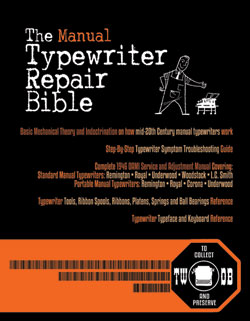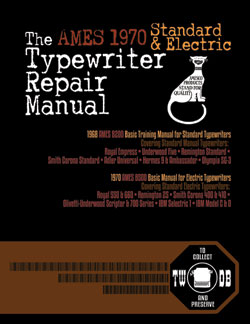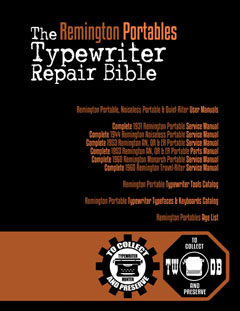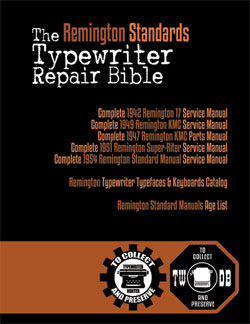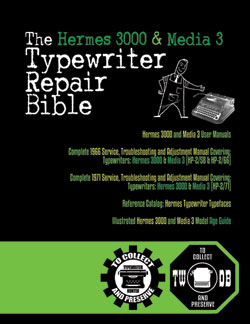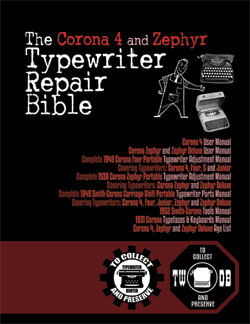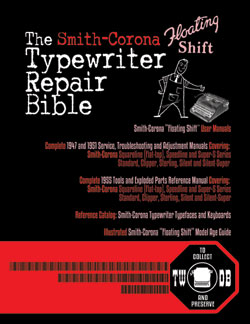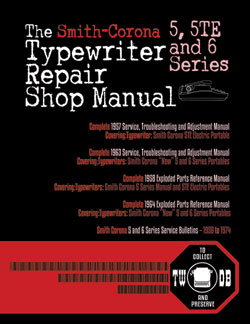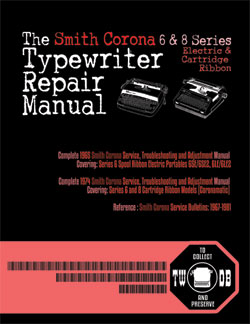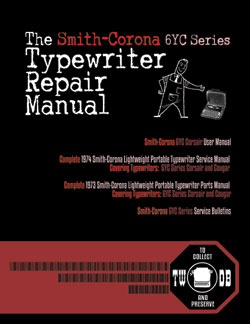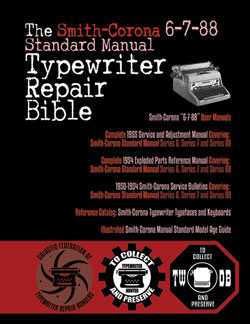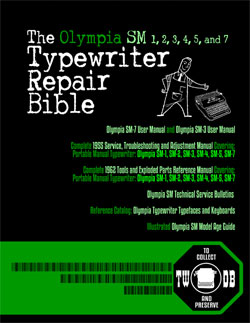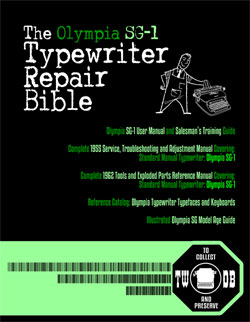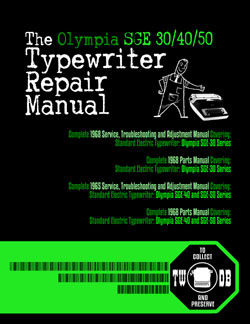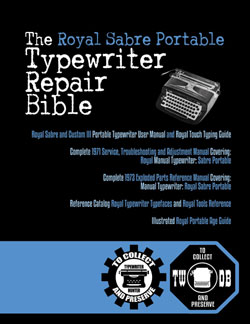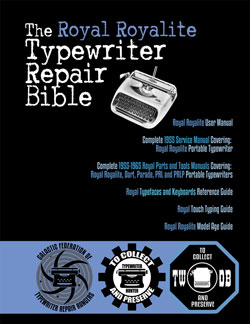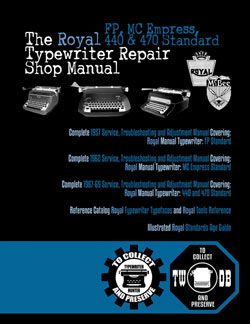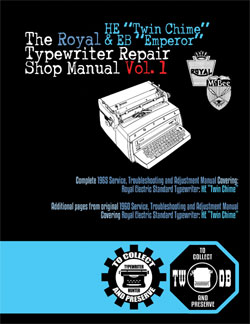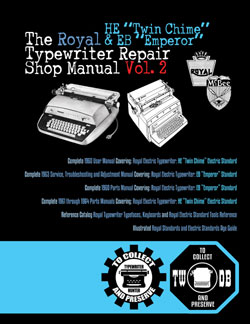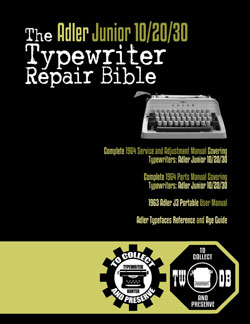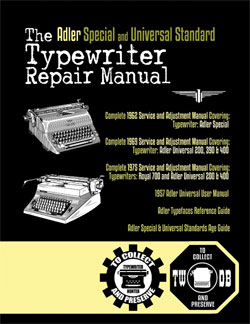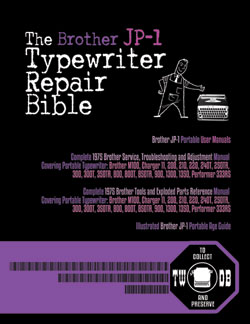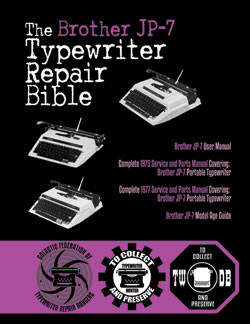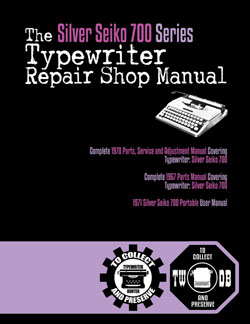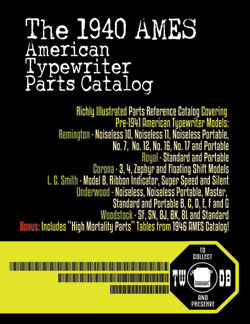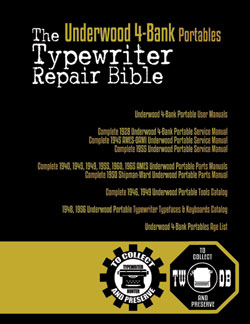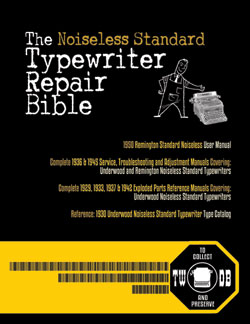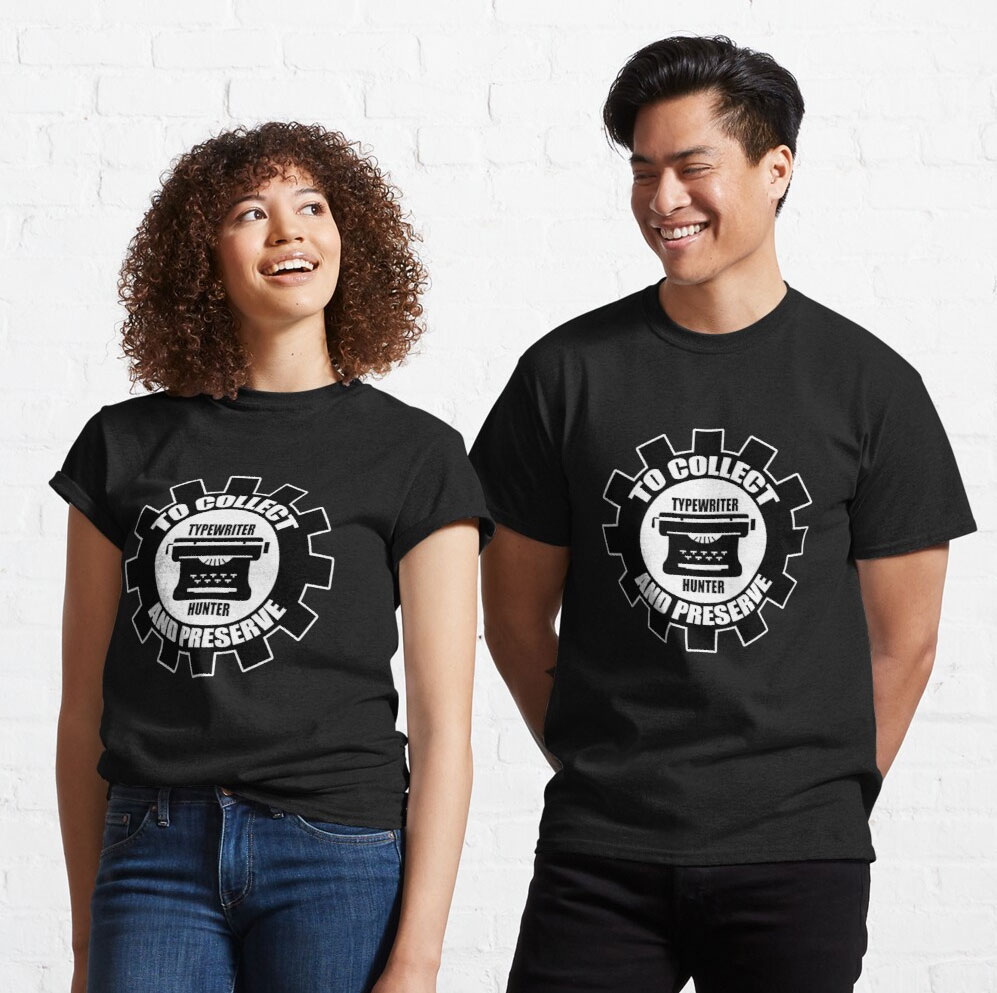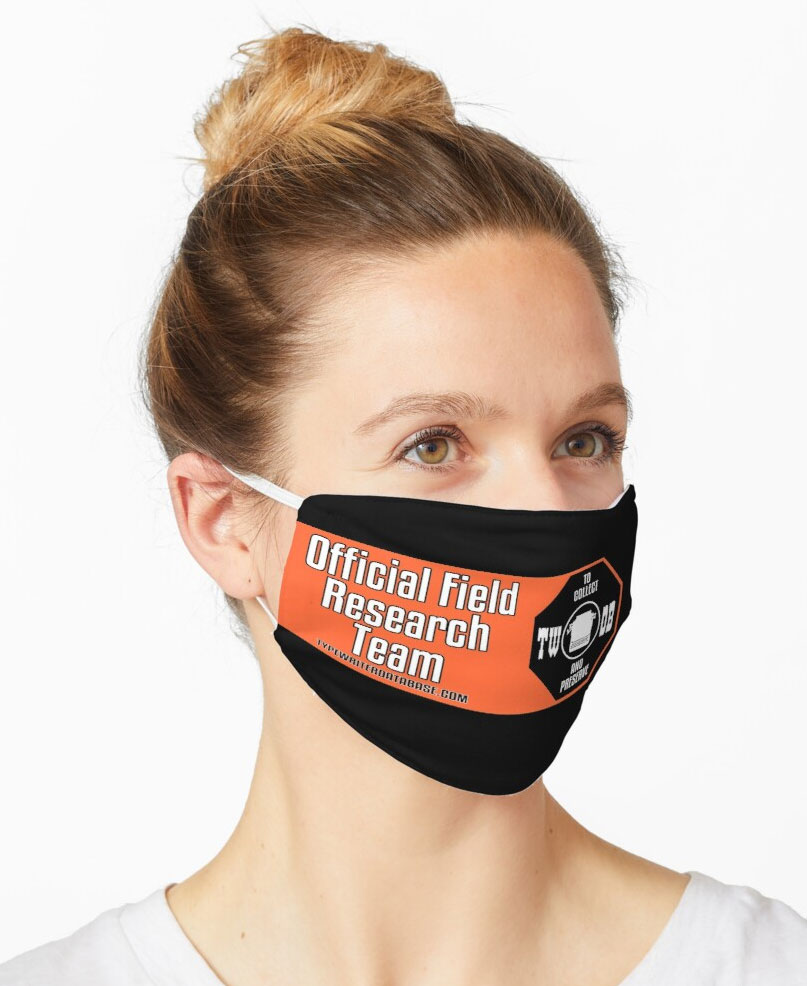1922 Remington Portable #NK26504
Status: My Collection
Hunter: Wayne Bouchard (azweb100)
Created: 10-27-2025 at 05:07AM
Last Edit: 10-27-2025 at 05:22AM
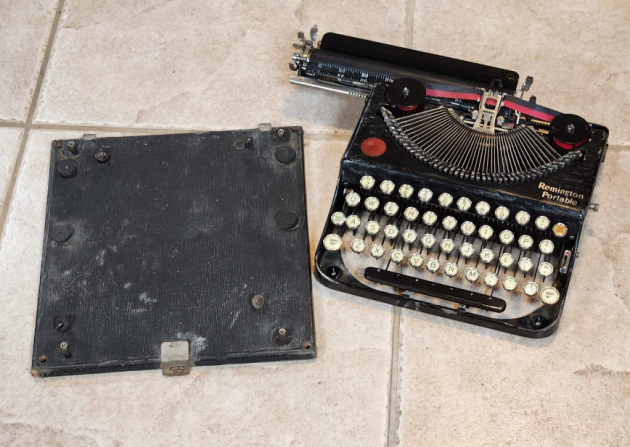
Description:
This is a Remington portable typewriter, aka the No 1. Built in 1922, this was an attempt to have a typewriter that could be carried everywhere. Portables were still a relatively new thing at this point, but certain designs had been produced even 20 years prior. These, though, were more special purpose, and not meant to be usable by touch typists and do, in many ways, the same amount of work as the standard typewriters. This one, in my view, was an attempt to counter that. While it lacks a paper bail and even paper fingers, nor does it include a paper guide, it still has the full sized keyboard and can do everything a standard typewriter can do except handle tabs. While this mean seem like it was deliberately downgraded, it should be noted that later versions of this typewriter provided some of these features. No, in my judgement, this was an effort at cost containment. Maybe I'm wrong, but that is the appearance. Note that this typewriter was much more easily stored around the house or in the dorm room. It fit nicely in the back seat of a reporter's car, or on the seat next to an author. When you need to be able to type when the desire arises, but don't have access to a standard, you're going to go for a portable unit and, at this time, these were starting to become more common with the industry seeing the demand from the public.
An interesting aspect of this design is a system used to lower the type bars when the typewriter is not in use. There is a button sort of control on the right-hand side of the typewriter that travels in a bit of an arc. Pull the control and slide it to the rear to raise the type bars and, when finished, to the front to stow them. This made the typewriter a bit easier to store because it lowered the profile of the unit. However, this also placed the type bars at risk of damage if anything impacted them, since there was no structure to protect them. It also means that the rails that this type bar lifter rides in have to be kept in alignment, or the lifter can slip out of them unexpectedly. Not difficult to restore, but it can be annoying. If they're in good shape, this is not a problem.
My particular typewriter is something of a sad case. It is missing the top of the case, but retains the bottom. It has clearly been improperly stored and mishandled over the years, as can clearly be seen by the condition of the top cover. There are areas of the typewriter that had to receive extra attention as a result and will probably never be exactly right. Nevertheless, it turned out pretty well, mechanically speaking. Eventually, I intend to have the body and the top cover repainted. Since I had to repaint the paper pan, ribbon spools, paper scale, line finger, and type bar lifter anyway, just to get it to the present condition (much paint came off during cleaning), this is no big issue. We're already into restoration territory. Therefore, I have not cleaned the body or the bottom in quite the same way I might have otherwise, but did replace the feet and the rubber pads. It took quite a bit of effort, but it types decently well now. At some point, when I get the rest of it done, I will also go back and have new rubber put onto the platen. (I have already refreshed the feed rollers.)
These typewriters all have their platens pock-marked with a nice, even grid of dots. That is not damage, per se. That is from the excessively pointed period and comma which tend to punch the paper. Over time, since these are aligned based on the escapement and the rack and pinion setup, these always end up impacting in the same spot, doing the aforementioned damage, especially as the platen ages. The fix for this is to adjust the type bars so they don't strike the platen with quite as much force or to file the top ten-thousandth of an inch off the period so that it has a greater surface area. I have not yet done this, but when the platen is replaced, this adjustment will be made. In any case, with a little bit of a lighter touch, to try to limit rebound off the platen, this unit can still produce nice text.
Due to the feed roller setup, I do not recommend using a backing sheet, as it can cause the paper to feed unevenly unless the front feed roller brackets are tuned correctly to ensure even pressure all across the platen. This, in my view, is one of the poorer aspects of this design. Having the rollers on a single central shaft makes it easier to ensure this. Here, it has to be carefully balanced and, while the platen is in place, that is not exactly an easy thing to do.
Typeface Specimen:
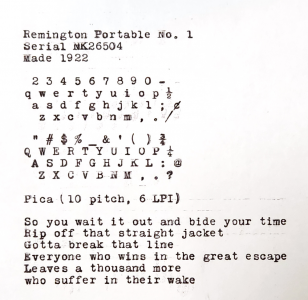
Photos:
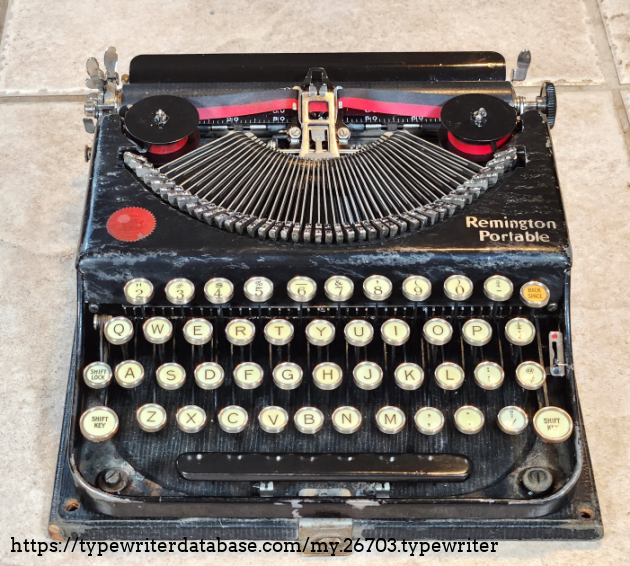
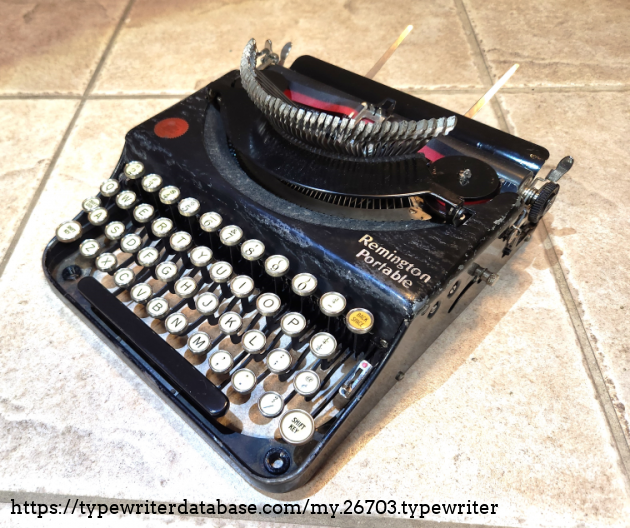
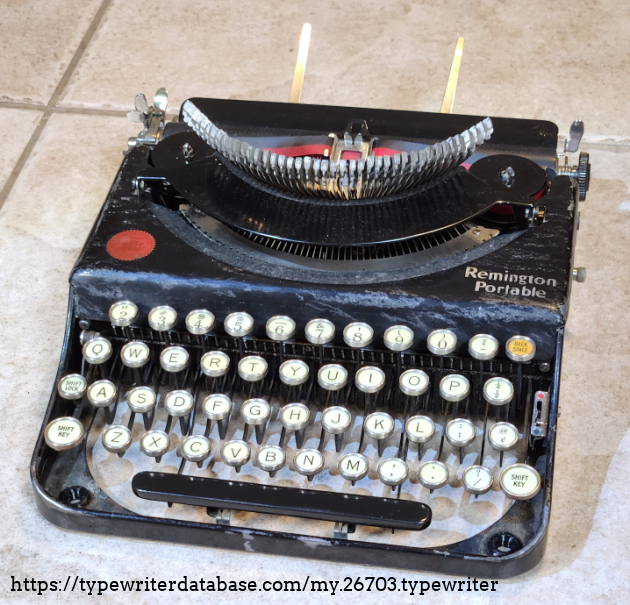
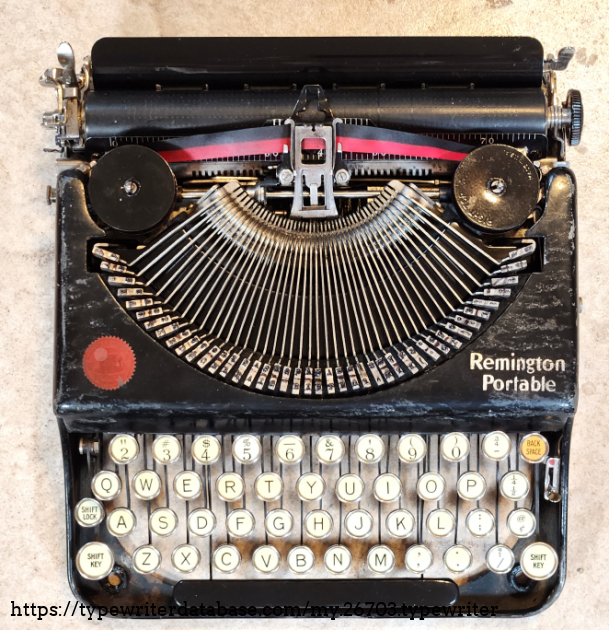
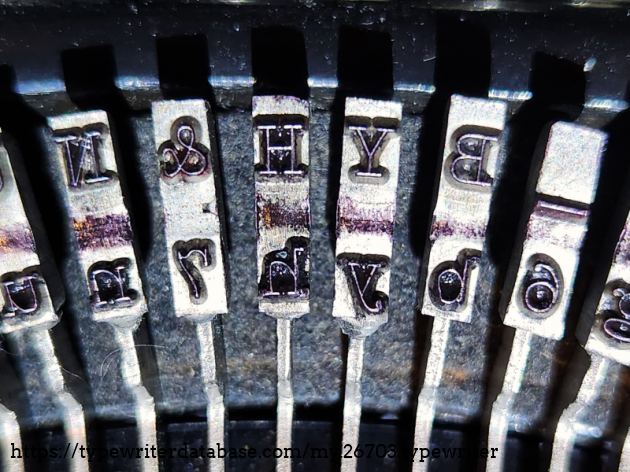
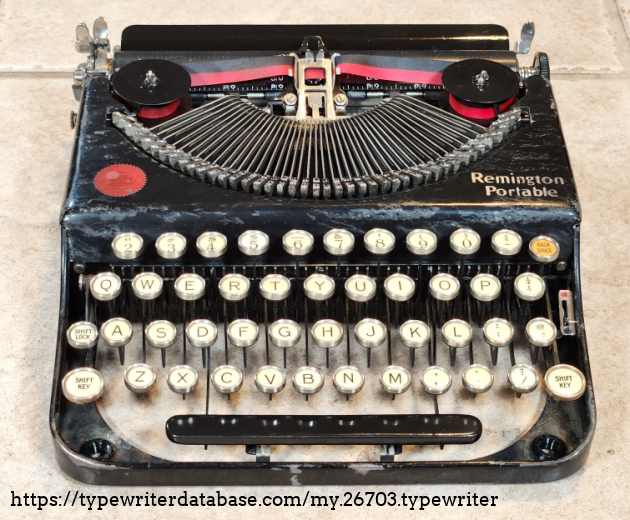
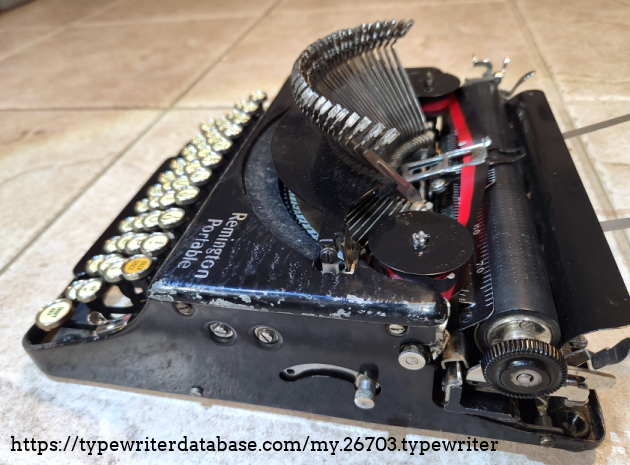
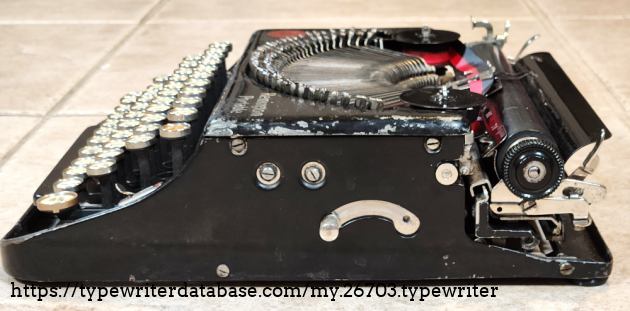
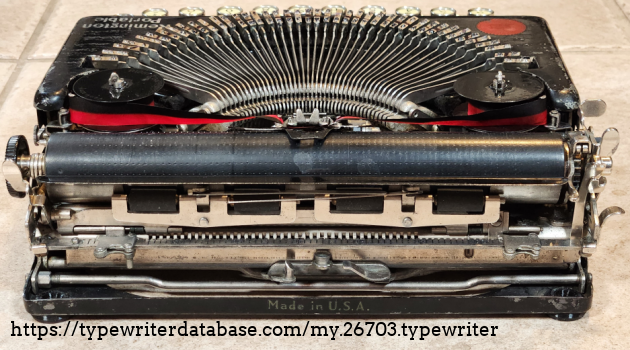
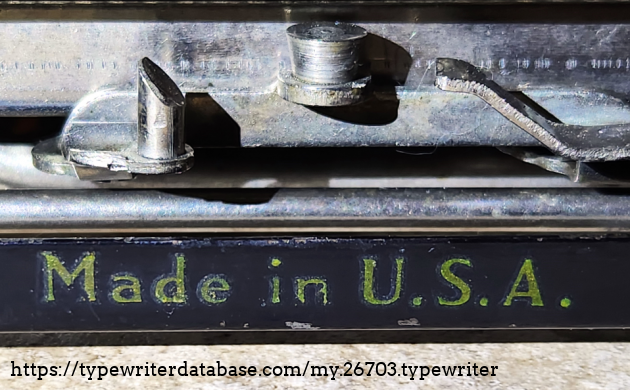
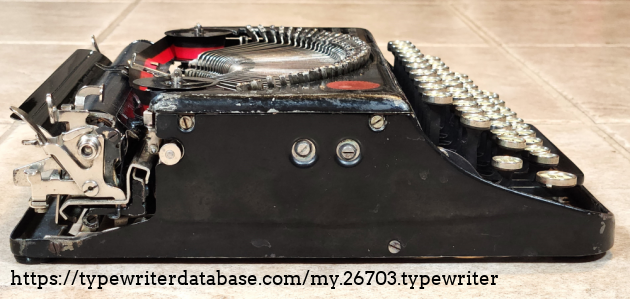
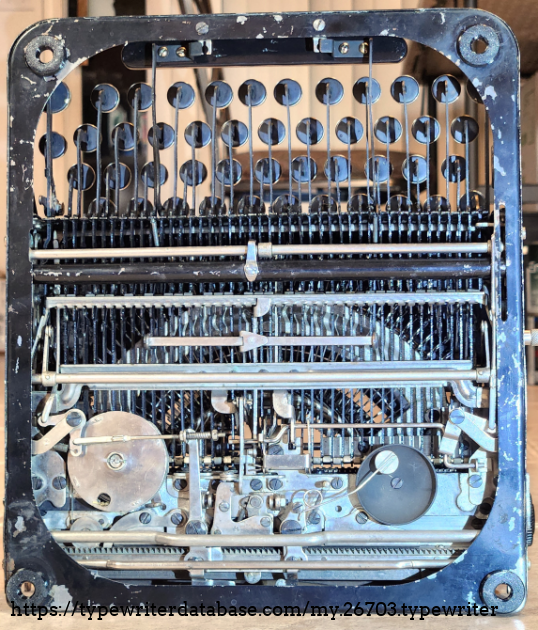
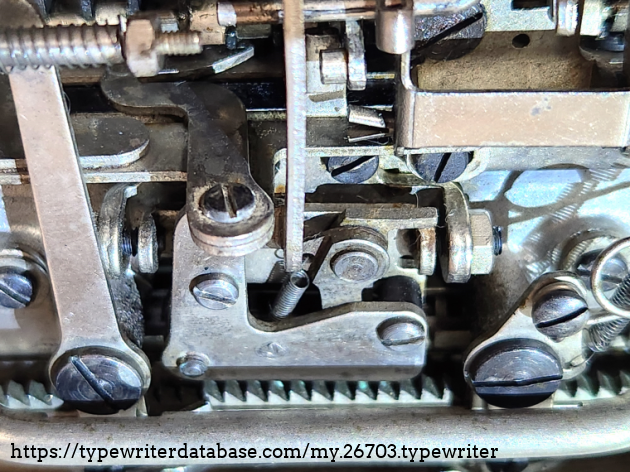
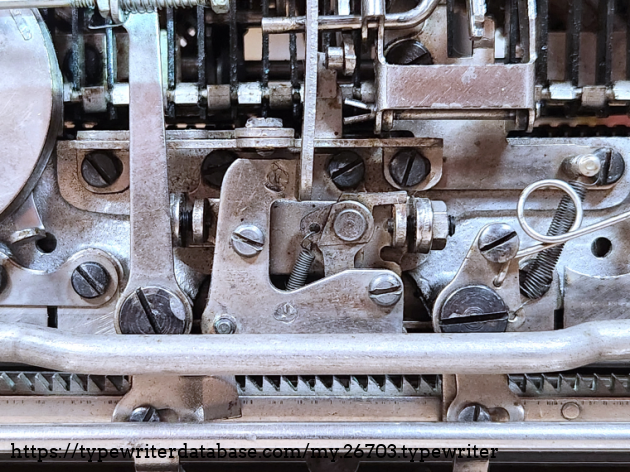
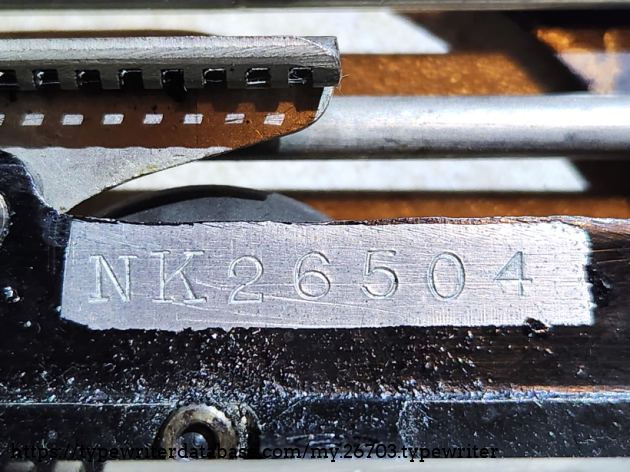
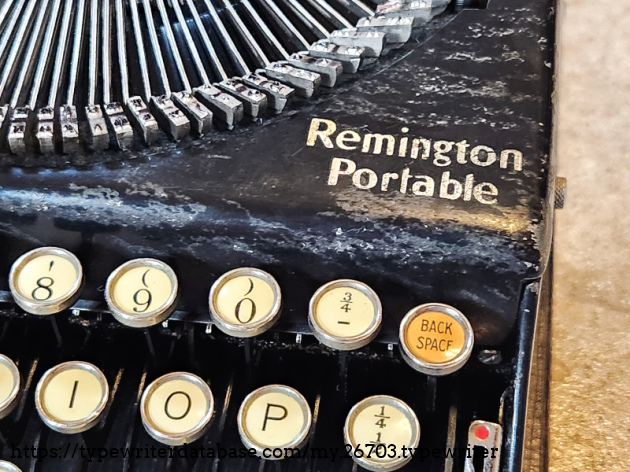
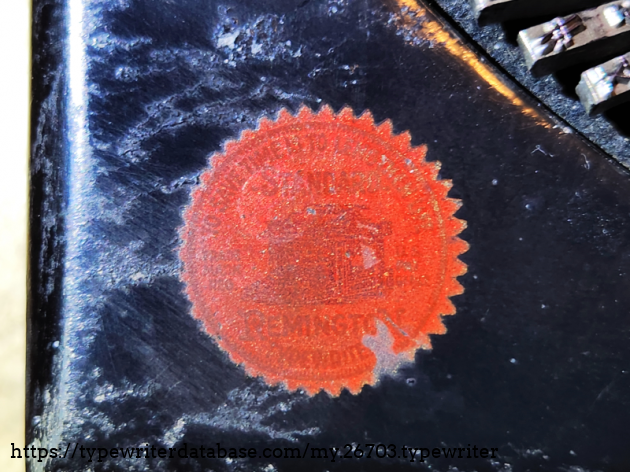
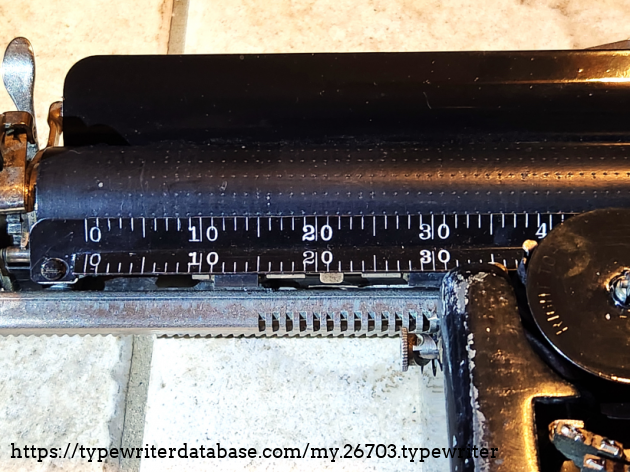
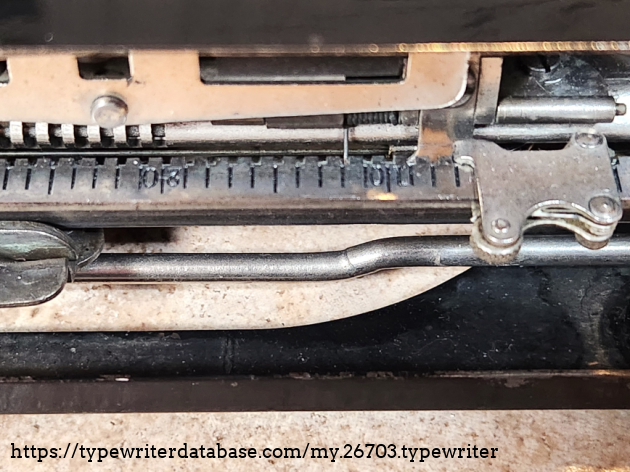
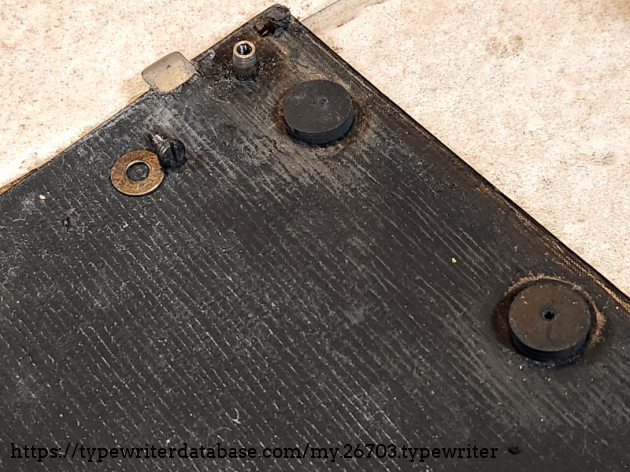
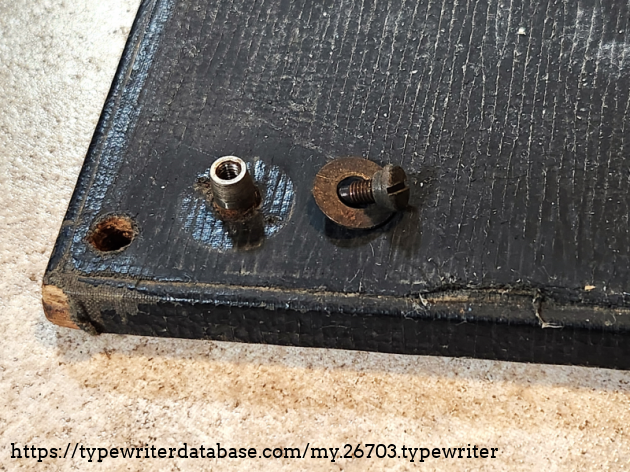
Hunter: Wayne Bouchard (azweb100)
Wayne Bouchard's Typewriter Galleries [ My Collection ] [ My Sightings ]
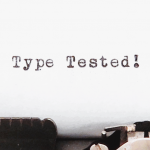
Status: Typewriter Hunter
Points: 1840
Collector of several things, including typewriters, slide rules, and mechanical calculators.
Started collecting typewriters in 2023 with a Royal HHE like the one I did my first book report on when I was in school and using my dad's old typewriter.
RESEARCH NOTE: When researching the Remington Portable on a computer with lots of screen real estate, you may find that launching the Remington Serial Number page and the Remington Portable By Model/Year/Serial page in new browser windows can give you interesting perspectives on changes throughout the model series.
